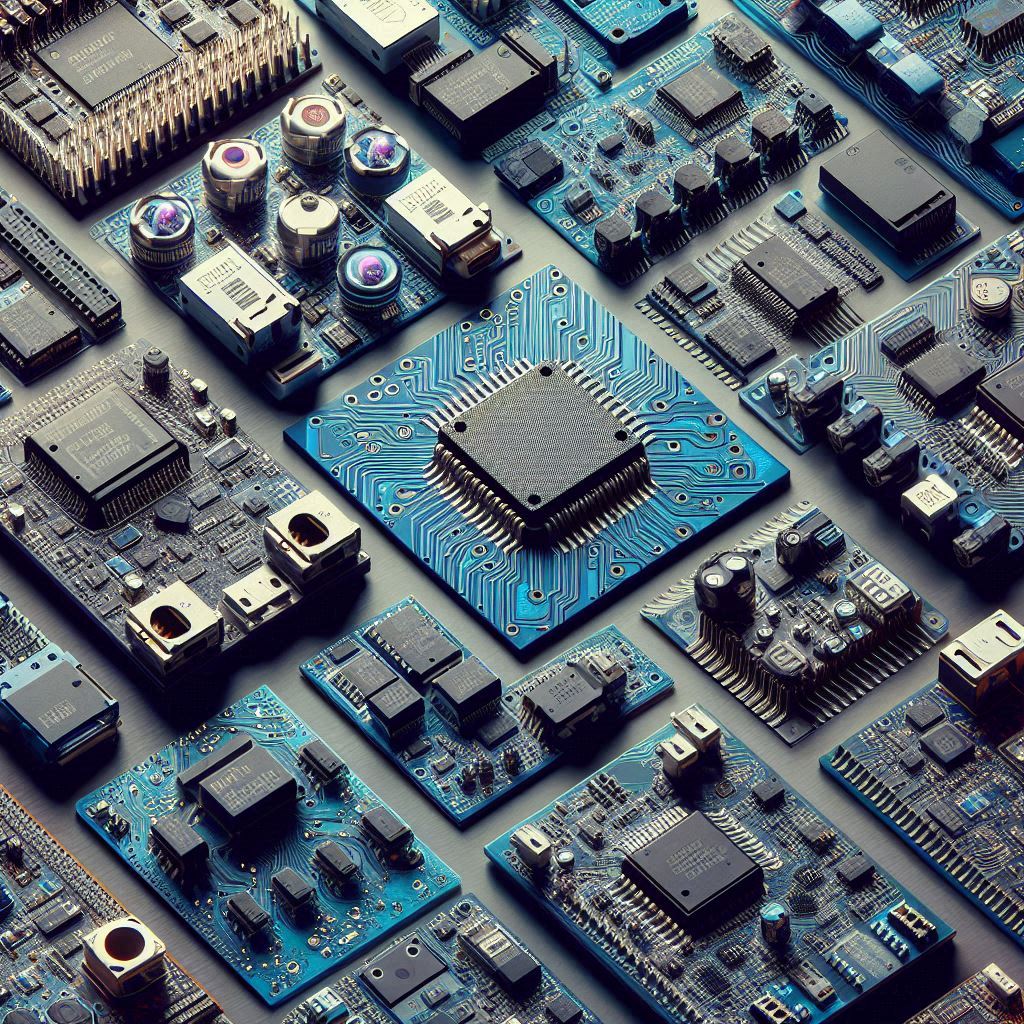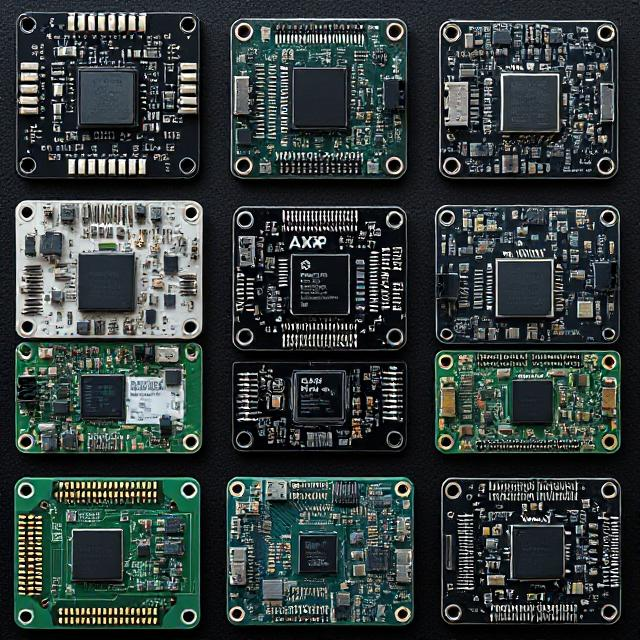Microcontroller reverse engineering
- Home /
- Microcontroller reverse engineering

Introduction to Microcontroller Reverse Engineering
Microcontroller reverse engineering is a complex process in which a detailed analysis of the performance of a microcontroller is performed without access to the source code or original documentation. This process allows engineers to simulate the system’s performance, extract technical information, and make it usable. In this way, existing electronic systems can be rebuilt, repaired or optimized. Microcontroller reverse engineering is used in areas such as security, software development, replication and even troubleshooting.
We have had the experience of working on many different processor architectures: ARM, Infineon, Siemens C166, Texas Instruments, AVR, PIC, 8051, …

Why is reverse engineering microcontrollers important?
Microcontrollers are the heart of many electronic devices, from household gadgets to complex industrial systems. Reverse engineering these microcontrollers allows us to penetrate the functioning of the devices and better understand them. In fact, this process is particularly useful in the following cases:
- Recovering information from old systems: Sometimes old systems or devices need to be repaired or improved, but their documentation is no longer available. Reverse engineering can extract valuable information from old systems.
- Copying and developing new technology: Many industries use existing designs to innovate and reduce costs. With reverse engineering, existing designs can be copied and new features can be added to them.
- Optimize system performance: Reverse engineering of microcontrollers allows systems to be accurately monitored and modifications made to improve efficiency, speed, or energy consumption.
- Troubleshoot and repair electronic devices: Using reverse engineering, problems in systems can be identified and corrected without the need to access source code.

The process of reverse engineering microcontrollers
The process of reverse engineering microcontrollers can involve several steps. These steps are usually as follows:
- First, data is extracted from the microcontroller’s memory.
- The extracted code is examined to determine the exact functionality of the device. In this step, engineers analyze the structure and logic of the program using disassembler and code analyzer tools.
- After the analysis, engineers may perform software simulation of the device to further examine its functionality. This is used to simulate the behavior of the system under different conditions.
- Finally, if needed, the code and design of the device are updated or optimized. This could include changes to algorithms or even new coding to fix specific problems.

Microcontroller reverse engineering services
Our expert and experienced team uses the latest technologies and tools to perform reverse engineering on microcontrollers. We can offer you the following services:
- We are able to extract complex codes from various microcontrollers.
- If you are planning to copy or improve a specific device, we can rebuild its design from scratch and optimize its performance.
- For systems that are not performing optimally, we use reverse engineering to diagnose problems and provide precise solutions.
- Sometimes it is necessary to produce new software or hardware for old systems. We are able to develop and modify specific software for microcontroller-based systems.

Why choose us?
- Experience and Expertise: Our team, with years of experience in firmware / MCU reverse engineering, provides accurate and efficient analysis.
Accuracy and Security: All reverse engineering steps are performed with the highest security standards.
Full Support: After the services are completed, our team is ready to provide you with the necessary advice and support if needed.